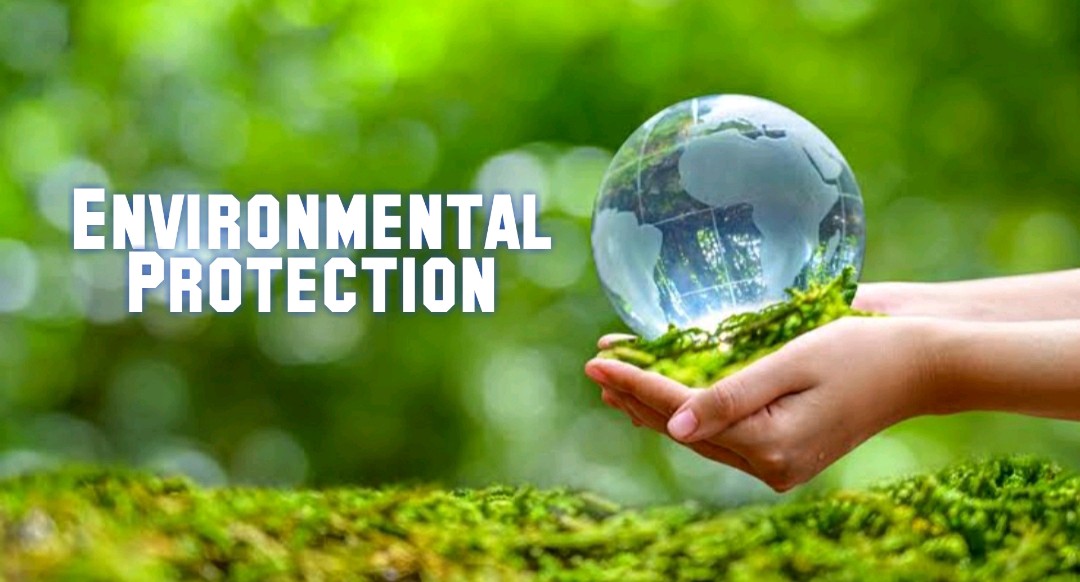Environmental conservation is a crucial aspect of ensuring the health and sustainability of our planet for future generations. As the global population grows and industrial activities intensify, the pressure on natural resources and ecosystems increases. Conservation efforts are essential to mitigate the impact of human activities on the environment and maintain ecological balance. This article explores the significance of environmental conservation, its key principles, methods, and how individuals and communities can contribute to this critical cause.
Understanding Environmental Conservation
Environmental conservation involves protecting, preserving, and managing the natural environment to prevent degradation and ensure the sustainable use of natural resources. It encompasses a wide range of activities, from reducing pollution and conserving biodiversity to addressing climate change and promoting renewable energy.
Why Is Environmental Conservation Important?
- Preserving Biodiversity: Biodiversity supports ecosystems that provide essential services such as food, water, and air purification. Protecting diverse species ensures ecological stability.
- Mitigating Climate Change: Forests and oceans act as carbon sinks, absorbing greenhouse gases. Conservation efforts help mitigate the effects of climate change by maintaining these critical ecosystems.
- Ensuring Resource Availability: Sustainable use of natural resources prevents depletion, ensuring that future generations can meet their needs.
- Protecting Human Health: A healthy environment reduces the risk of diseases linked to pollution and habitat destruction.
Key Principles of Environmental Conservation
- Sustainability: Using resources in a way that meets present needs without compromising future availability.
- Pollution Control: Reducing the release of harmful substances into the air, water, and soil.
- Ecosystem Management: Maintaining the natural processes that support life.
- Community Engagement: Involving local communities in conservation initiatives to ensure long-term success.
Methods of Environmental Conservation
1. Reforestation and Afforestation
Planting trees restores degraded lands and combats deforestation. Forests act as habitats for wildlife, carbon sinks, and sources of oxygen.
2. Wildlife Conservation
Protecting endangered species and their habitats ensures the survival of diverse organisms. Establishing protected areas and wildlife sanctuaries is a common approach.
3. Sustainable Agriculture
Adopting farming practices like crop rotation, organic farming, and permaculture reduces environmental impact while ensuring food security.
4. Waste Management
Recycling, composting, and reducing single-use plastics help minimize waste and reduce landfill pressure.
5. Water Conservation
Techniques such as rainwater harvesting, efficient irrigation, and reducing water waste preserve this vital resource.
6. Renewable Energy
Switching to solar, wind, and hydropower reduces reliance on fossil fuels and lowers carbon emissions.
Role of Governments and Organizations
1. Policy Development
Governments can implement laws and policies that promote conservation, such as emissions regulations and protected area designations.
2. Funding and Grants
Providing financial support for conservation projects encourages innovation and implementation.
3. Education and Awareness
Promoting environmental education helps individuals understand the importance of conservation and adopt eco-friendly practices.
How Individuals Can Contribute
1. Adopt Sustainable Practices
- Use energy-efficient appliances.
- Opt for public transport, carpooling, or biking.
- Reduce, reuse, and recycle.
2. Support Conservation Organizations
Contribute to or volunteer with NGOs focused on environmental protection.
3. Advocate for Change
Support policies and leaders prioritizing environmental conservation. Raise awareness in your community.
4. Conserve Water and Energy
Simple actions like fixing leaks, turning off lights, and using renewable energy sources make a significant difference.
Challenges in Environmental Conservation
Despite its importance, environmental conservation faces several challenges:
- Deforestation: The demand for land and resources often leads to large-scale deforestation.
- Pollution: Industrial and agricultural activities contribute to air, water, and soil pollution.
- Climate Change: Rising temperatures and changing weather patterns disrupt ecosystems.
- Lack of Awareness: Many individuals and communities are unaware of how their actions impact the environment.
- Economic Pressures: Balancing economic growth with environmental sustainability remains a challenge for many nations.
The Future of Environmental Conservation
Technological advancements and increased global awareness offer hope for the future of environmental conservation. Innovations such as carbon capture technologies, sustainable materials, and AI-driven resource management are making significant strides in reducing environmental impact.
Global Initiatives
- The Paris Agreement: A global commitment to combat climate change by limiting global warming.
- UN Sustainable Development Goals (SDGs): Goals such as clean water, affordable clean energy, and life on land emphasize environmental sustainability.
Conclusion
Environmental conservation is not just a responsibility but a necessity for ensuring the well-being of all life on Earth. By adopting sustainable practices, supporting conservation initiatives, and advocating for policy changes, we can collectively address environmental challenges. Every small action counts in creating a greener, healthier planet





